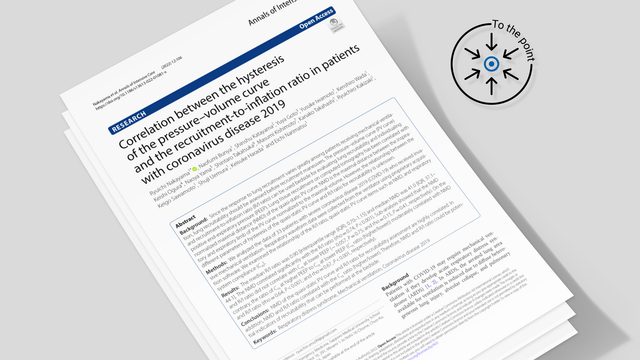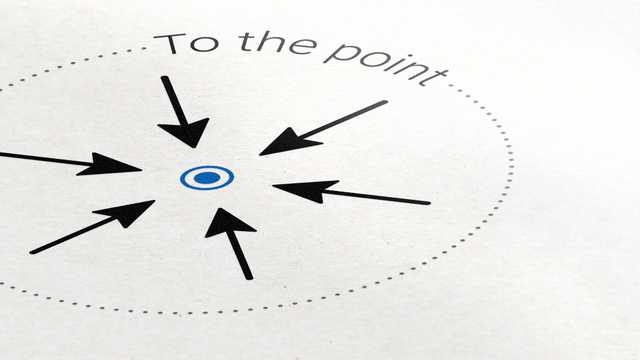
Автор: Marcela Rodriguez Jimenez
Дата: 06.02.2024
Last change: 04.04.2024
Removal of linked article on assessing recruitability - no new revisionThe authors' point? The normalized maximum distance on a quasi-static PV curve and the recruitment-to-inflation ratio can be used at the bedside as potential indicators of lung recruitability.

In mechanically ventilated COVID-19 patients, what is the relationship between lung recruitability assessments based on the low-flow quasi-static pressure-volume (PV) curve and the recruitment-to-inflation (R/I) ratio?
| Inclusion criteria | Exclusion criteria |
| Aged 18 years or older | Under 18 years of age |
| Diagnosis of COVID-19 confirmed by polymerase chain reaction or quantitative antigen testing of nasal swabs | No recording of respiratory data by Datalogger 5.00 |
| Simultaneous evaluation of the quasi-static PV curve and the R/I ratio using Datalogger 5.00 | |
Interventions | ||
| Quasi-static PV curve | R/I ratio (Recruitment-to-inflation ratio) | Recruitability assessment |
|
|
|
Measurements and main results | ||
| Enrollment and baseline characteristics | Correlation between NMD and R/I ratio | Relationship between compliance and recruitability items |
|
|
|
There is a strong correlation between NMD of the quasi-static PV curve and the R/I ratio for recruitability assessment. In addition, NMD and the R/I ratio correlate with the Crs ratio (higher/lower). Therefore, NMD and the R/I ratio could be potential indicators of recruitability that can be performed at the bedside.
Hamilton Medical offers an extensive range of educational material on use of the P/V Tool for assessing recruitability, performing recruitment maneuvers, and setting PEEP. Follow the link below to access articles, videos, e-learning modules, and more.

Мы предлагаем вам основные выводы из ключевых публикаций.
Узнайте о важнейших событиях в области медицинских исследований. Читайте ключевые факты и выводы из важных публикаций в удобном‑для‑восприятия формате.